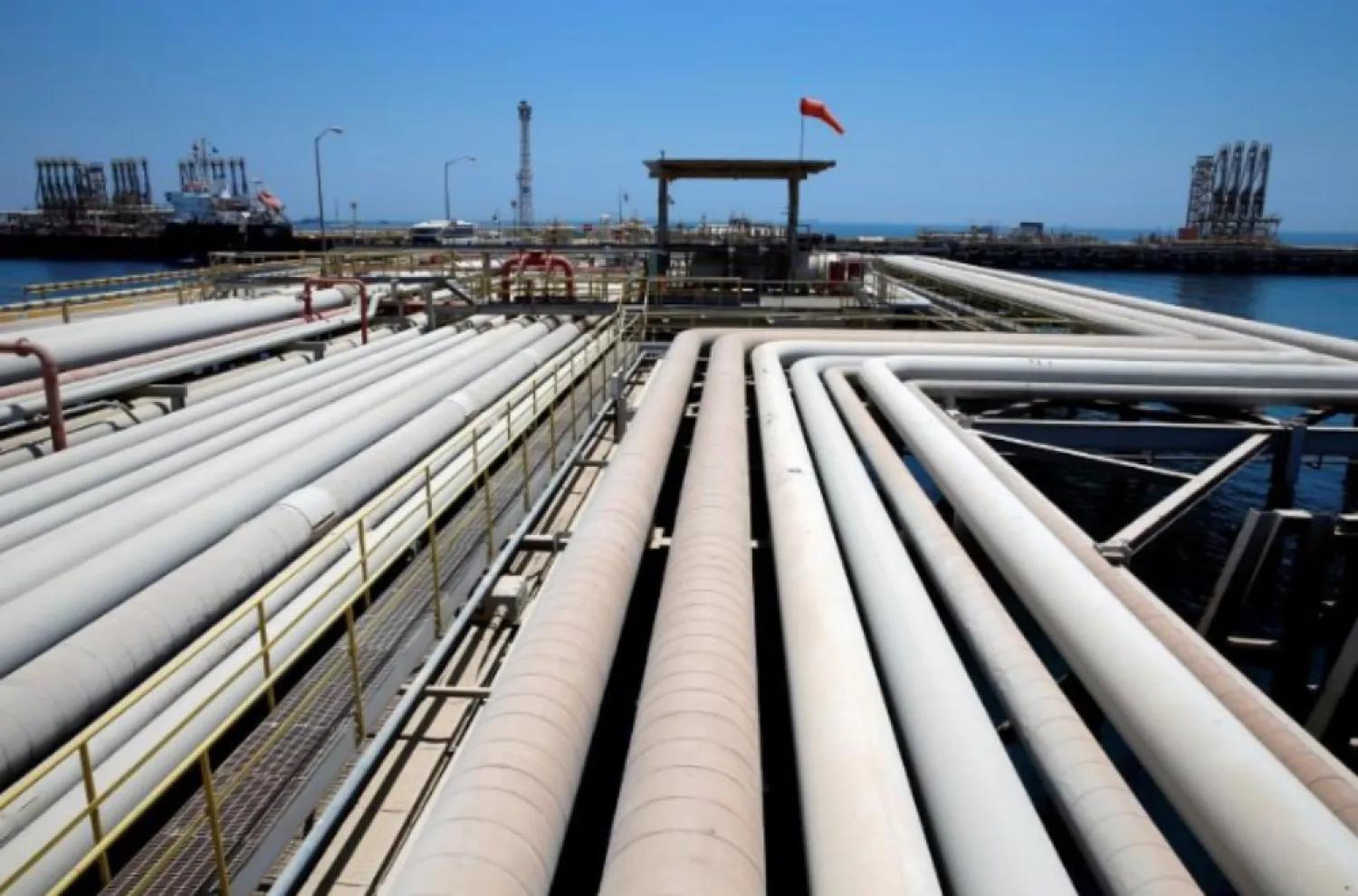Saudi Arabia and Kuwait are the closest in years to restoring oil output from the neutral zone shared by the neighboring nations after making a breakthrough in recent talks, people familiar with the matter told Bloomberg.
While Kuwait and Riyadh haven’t yet reached a final agreement, in a recent meeting the two Gulf states made significant progress in resolving sovereignty issues that have thwarted negotiations in the past, said the same people, who asked for anonymity.
The neutral zone hasn’t produced anything since fields there were shut down in 2014 and 2015, Bloomberg said.
The barren strip of desert straddling Saudi Arabia and Kuwait can pump about 500,000 barrels a day, as much as OPEC-member Ecuador, it added.
After a meeting in June in Riyadh, both sides are drafting new documents ahead of further talks, the sources said. The next meeting may be held in Kuwait this month, one of them told Bloomberg.
If both sides finalize some technical details, production will be able to resume from the fields of Khafji and Wafra, one of the people said.
Still, it’s not clear whether the neutral zone will pump much oil immediately even if both nations reach a final deal because the Organization of Petroleum Exporting Countries extended its production cuts into early 2020. Saudi Arabia and Kuwait split the crude pumped from the neutral zone within their respective OPEC production quotas.
The neutral zone, spread over 5,700 square kilometers, was created by a 1922 treaty between Kuwait and the fledgling Kingdom of Saudi Arabia. In the 1970s the two nations agreed to divide the area and incorporate each half into their territory, while still sharing and jointly managing the petroleum riches. The region contains two main oil fields: the onshore Wafra and the offshore Khafji.
The importance of the fields is now higher due to the impact of sanctions on Venezuela and Iran, which has tightened the supply of so-called sour-heavy crude -- precisely the kind of oil that the neutral zone produces.
The Wafra field was operated by Chevron Corp., the second-largest energy company in the US.







